Explore the evolution of military drones, from 1960s surveillance UAVs to today’s advanced UCAVs, highlighting their transformative impact on modern warfare.
The Rise and Development of Military Drones: From 1960s to Present
The realm of military drones, encompassing Unmanned Aerial Vehicles (UAVs) and Unmanned Combat Aerial Vehicles (UCAVs), has undergone a profound transformation since the 1960s. Originally deployed for reconnaissance, today’s drones embody advanced technologies enabling multifaceted roles in modern warfare.
The Genesis (1960s–1970s)
The inception of military drones dates back to the 1960s during the Cold War when the U.S. initiated the use of UAVs like the Ryan Firebee for surveillance and intelligence gathering. These early UAVs were primarily high-altitude, long-endurance aircraft, remotely piloted to gather real-time intelligence without risking human lives, especially in contested territories like Vietnam.
Technological Evolution (1980s–1990s)
The 1980s and 1990s witnessed significant advancements, with drones such as the RQ-2 Pioneer and the MQ-1 Predator coming into service. These UAVs featured enhanced capabilities like longer endurance, improved stealth features, and the ability to carry payloads. The Predator, in particular, marked a pivotal shift towards armed capabilities, being equipped with AGM-114 Hellfire missiles, thus transitioning UAVs from mere surveillance tools to potent strike assets.
The Era of UCAVs (2000s–Present)
The dawn of the 21st century introduced UCAVs, epitomized by models like the X-45 and X-47B, designed for deep penetration strike missions, capable of operating in highly contested environments. These drones amalgamated stealth, advanced avionics, and precision weaponry, significantly expanding the operational scope beyond reconnaissance to include direct attack, electronic warfare, and beyond-line-of-sight engagements.
Performance and Capabilities
Modern military drones exhibit an array of performance enhancements and capabilities. They operate across various spectra, from high-altitude, long-endurance (HALE) missions to low-altitude, short-duration tasks. Innovations in propulsion, materials, and AI have enabled drones to undertake longer missions, exhibit greater autonomy, and carry sophisticated sensor suites and munitions. The integration of artificial intelligence has further revolutionized their operational capabilities, enabling autonomous decision-making and real-time data processing.
Strategic Impact and Future Directions
The strategic implications of drones have been transformative, offering asymmetrical advantages in surveillance, precision strikes, and situational awareness while minimizing risks to personnel. Looking ahead, the trajectory of drone technology points towards increased autonomy, swarming capabilities, and the integration of hypersonic speeds. The future landscape will likely see a blend of manned-unmanned teaming, where drones complement manned aircraft, extending their operational reach and capabilities.
Military drones have transitioned from rudimentary surveillance platforms to sophisticated UCAVs, reshaping modern warfare’s strategic paradigms. Their evolution reflects significant technological milestones, enhancing military capabilities while redefining future combat operations’ potential and complexity. As drones continue to evolve, their expanding roles and capabilities will undoubtedly play a pivotal role in shaping the next generation of military strategy and technology.
Drones – UAVs – UCAVs
-
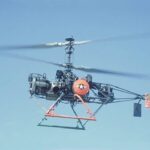 1963 - Gyrodyne QH-50 DASH
1963 - Gyrodyne QH-50 DASH
-
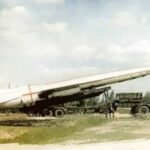 1964 - Tupolev Tu-123 (Yastreb)
1964 - Tupolev Tu-123 (Yastreb)
-
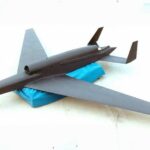 1968 - Ryan AQM-91 Firefly
1968 - Ryan AQM-91 Firefly
-
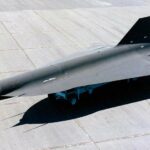 1969 - Lockheed D-21
1969 - Lockheed D-21
-
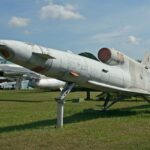 1979 - Tupolev TU-141 (Strizh)
1979 - Tupolev TU-141 (Strizh)
-
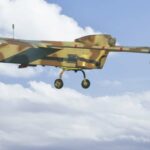 1981 - IAI Scout
1981 - IAI Scout
-
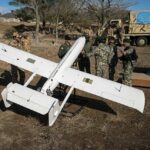 1981 - Qods Mohajer UAV
1981 - Qods Mohajer UAV
-
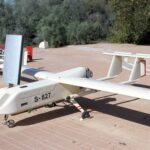 1981 - Tadiran Mastiff UAV
1981 - Tadiran Mastiff UAV
-
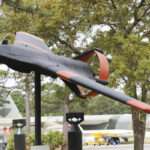 1982 - Lockheed MQM-105 Aquila TADAR
1982 - Lockheed MQM-105 Aquila TADAR
-
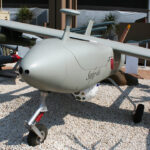 1986 - Denel Dynamics Seeker
1986 - Denel Dynamics Seeker
-
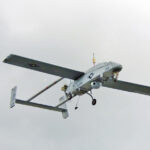 1986 - IAI RQ-2 Pioneer
1986 - IAI RQ-2 Pioneer
-
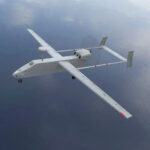 1992 - IAI Searcher
1992 - IAI Searcher
-
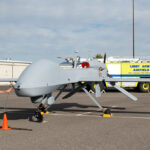 1995 - General Atomics MQ-1 Predator (Predator A)
1995 - General Atomics MQ-1 Predator (Predator A)
-
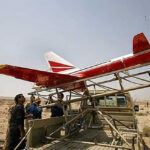 1995 - Qods Ababil (Swallow)
1995 - Qods Ababil (Swallow)
-
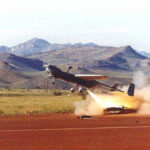 1996 - IAI / TRW RQ-5 Hunter
1996 - IAI / TRW RQ-5 Hunter
-
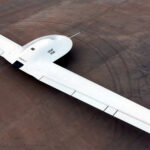 1996 - Lockheed / Boeing RQ-3 DarkStar
1996 - Lockheed / Boeing RQ-3 DarkStar
-
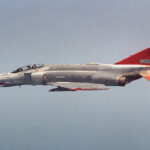 1997 - BAe QF-4 (McDonnell Douglas F-4 Phantom II)
1997 - BAe QF-4 (McDonnell Douglas F-4 Phantom II)
-
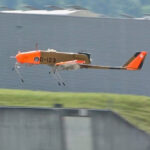 1999 - RUAG Ranger (ADS-90 / ADS-95)
1999 - RUAG Ranger (ADS-90 / ADS-95)
-
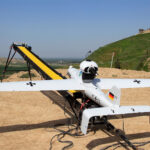 2000 - EMT Luna X-2000
2000 - EMT Luna X-2000
-
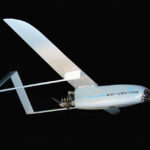 2001 - AAI MQ-19 Aerosonde
2001 - AAI MQ-19 Aerosonde
-
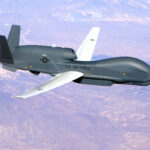 2001 - Northrop Grumman RQ-4 Global Hawk
2001 - Northrop Grumman RQ-4 Global Hawk
-
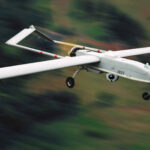 2002 - AAI (Textron) RQ-7 Shadow
2002 - AAI (Textron) RQ-7 Shadow
-
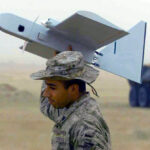 2002 - AeroVironment RQ-14 Dragon Eye
2002 - AeroVironment RQ-14 Dragon Eye
-
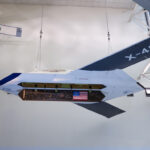 2002 - Boeing X-45 UCAV
2002 - Boeing X-45 UCAV
-
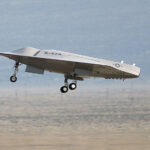 2002 - Northrop Grumman X-47A Pegasus
2002 - Northrop Grumman X-47A Pegasus
-
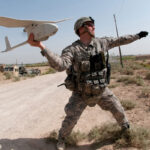 2003 - AeroVironment RQ-11 Raven
2003 - AeroVironment RQ-11 Raven
-
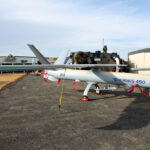 2003 - Elbit Hermes 450
2003 - Elbit Hermes 450
-
 2004 - Griffon Aerospace MQM-170 Outlaw
2004 - Griffon Aerospace MQM-170 Outlaw
-
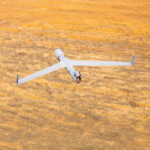 2005 - Boeing Insitu ScanEagle
2005 - Boeing Insitu ScanEagle
-
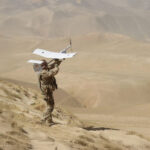 2005 - EMT ALADIN UAV
2005 - EMT ALADIN UAV
-
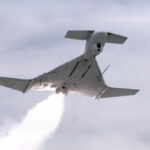 2005 - IAI Harop (Harpy)
2005 - IAI Harop (Harpy)
-
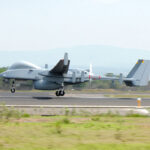 2005 - IAI Heron / Machatz-1 UAV
2005 - IAI Heron / Machatz-1 UAV
-
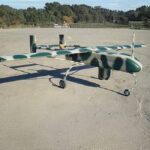 2005 - SATUMA Jasoos (Spy) UAV
2005 - SATUMA Jasoos (Spy) UAV
-
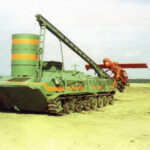 2005 - Yakovlev Pchela (Bee) UAV
2005 - Yakovlev Pchela (Bee) UAV
-
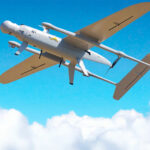 2006 - Elbit Skylark UAV
2006 - Elbit Skylark UAV
-
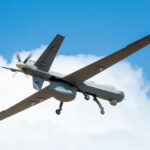 2006 - General Atomics Guardian
2006 - General Atomics Guardian
-
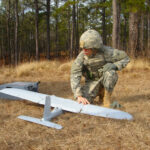 2006 - Lockheed Martin Desert Hawk III
2006 - Lockheed Martin Desert Hawk III
-
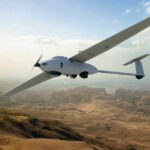 2006 - Lockheed Stalker
2006 - Lockheed Stalker
-
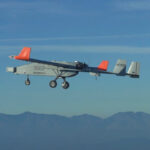 2006 - NavMar TigerShark ISR UAV
2006 - NavMar TigerShark ISR UAV
-
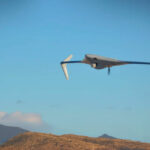 2006 - Northrop Grumman Bat UAV
2006 - Northrop Grumman Bat UAV
-
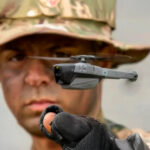 2006 - Prox Dynamics Black Hornet Nano UAV
2006 - Prox Dynamics Black Hornet Nano UAV
-
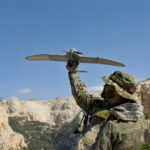 2007 - AeroVironment RQ-12A Wasp III
2007 - AeroVironment RQ-12A Wasp III
-
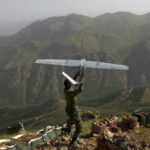 2007 - Baykar Bayraktar Mini
2007 - Baykar Bayraktar Mini
-
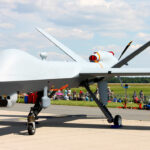 2007 - General Atomics MQ-9 Reaper (Predator B)
2007 - General Atomics MQ-9 Reaper (Predator B)
-
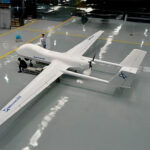 2007 - Harbin BZK-005
2007 - Harbin BZK-005
-
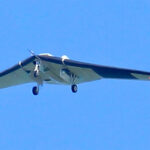 2007 - Lockheed Martin RQ-170 Sentinel (Wraith)
2007 - Lockheed Martin RQ-170 Sentinel (Wraith)
-
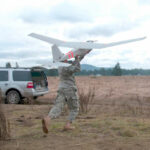 2008 - AeroVironment RQ-20 Puma
2008 - AeroVironment RQ-20 Puma
-
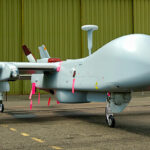 2008 - EADS Harfang MALE UAV
2008 - EADS Harfang MALE UAV
-
 2008 - HESA Ababil-3 UAV
2008 - HESA Ababil-3 UAV
-
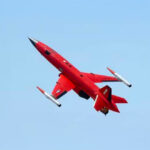 2008 - Kratos BQM-167 Skeeter
2008 - Kratos BQM-167 Skeeter
-
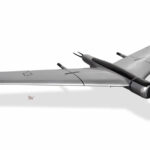 2008 - ZALA 421-08 UMAV
2008 - ZALA 421-08 UMAV
-
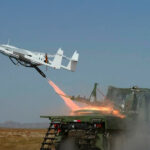 2009 - Aisheng BZK-600
2009 - Aisheng BZK-600
-
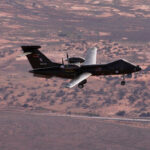 2009 - BAE Systems Mantis
2009 - BAE Systems Mantis
-
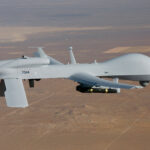 2009 - General Atomics MQ-1C Gray Eagle (Sky Warrior)
2009 - General Atomics MQ-1C Gray Eagle (Sky Warrior)
-
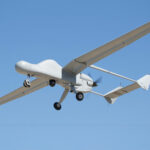 2009 - Leonardo Falco UAV
2009 - Leonardo Falco UAV
-
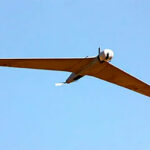 2010 - Aeronautics Group Orbiter UAV Series
2010 - Aeronautics Group Orbiter UAV Series
-
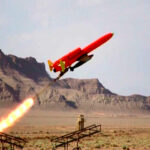 2010 - Karrar (Striker) UCAV
2010 - Karrar (Striker) UCAV
-
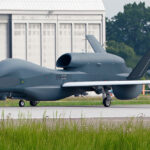 2010 - Northrop Grumman EURO HAWK UAS
2010 - Northrop Grumman EURO HAWK UAS
-
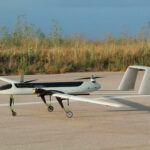 2011 - IAI Panther UAV
2011 - IAI Panther UAV
-
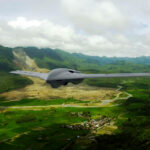 2011 - Lockheed Martin Fury 1500
2011 - Lockheed Martin Fury 1500
-
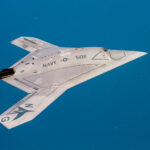 2011 - Northrop Grumman X-47B
2011 - Northrop Grumman X-47B
-
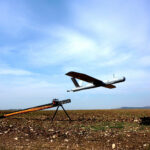 2012 - Bluebird Aero SpyLite
2012 - Bluebird Aero SpyLite
-
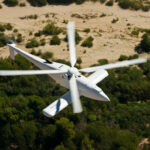 2012 - Boeing MQ-18 Hummingbird (A160)
2012 - Boeing MQ-18 Hummingbird (A160)
-
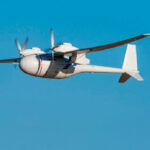 2012 - Boeing Phantom Eye HALE UAV
2012 - Boeing Phantom Eye HALE UAV
-
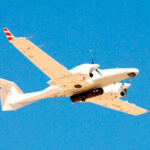 2012 - Dominator XP MALE UAS
2012 - Dominator XP MALE UAS
-
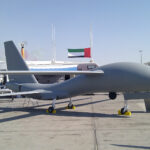 2013 - ADCOM Systems United 40 MALE UAV
2013 - ADCOM Systems United 40 MALE UAV
-
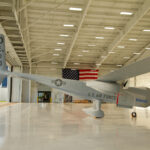 2013 - Aurora Flight Sciences Orion MALE UAS
2013 - Aurora Flight Sciences Orion MALE UAS
-
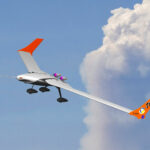 2013 - Lockheed Martin X-56A (MUTT) experimental UAV
2013 - Lockheed Martin X-56A (MUTT) experimental UAV
-
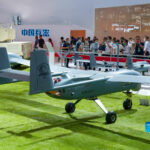 2013 - NORINCO ZBKJ-1 UAV
2013 - NORINCO ZBKJ-1 UAV
-
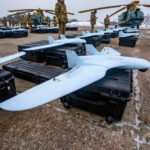 2014 - Athlon-Avia A1-CM Furia (Fury)
2014 - Athlon-Avia A1-CM Furia (Fury)
-
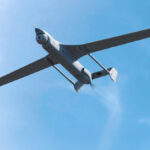 2014 - Boeing Insitu RQ-21 Blackjack (Integrator)
2014 - Boeing Insitu RQ-21 Blackjack (Integrator)
-
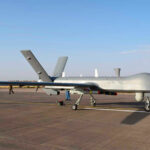 2014 - CASC CH-4 Rainbow
2014 - CASC CH-4 Rainbow
-
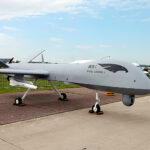 2014 - Chengdu (AVIC) Wing Loong (Pterodactyl)
2014 - Chengdu (AVIC) Wing Loong (Pterodactyl)
-
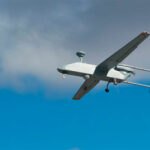 2014 - Forpost ISR Unmanned Aerial Vehicle
2014 - Forpost ISR Unmanned Aerial Vehicle
-
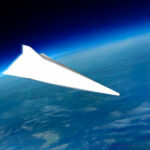 2014 - Guizhou (AVIC) WU-14 / DF-ZF Hypersonic Glide Vehicle
2014 - Guizhou (AVIC) WU-14 / DF-ZF Hypersonic Glide Vehicle
-
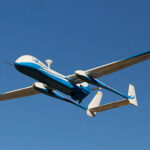 2014 - IAI Super Heron
2014 - IAI Super Heron
-
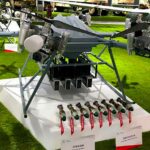 2015 - ARP Golden Eagle
2015 - ARP Golden Eagle
-
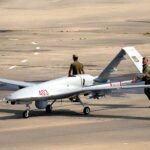 2015 - Baykar Bayraktar TB2
2015 - Baykar Bayraktar TB2
-
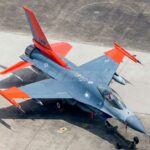 2015 - Boeing QF-16 (Fighting Falcon)
2015 - Boeing QF-16 (Fighting Falcon)
-
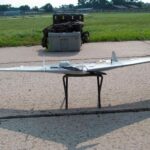 2015 - Kalashnikov Takhion (Tachyon)
2015 - Kalashnikov Takhion (Tachyon)
-
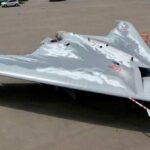 2015 - Mikoyan Skat UCAV
2015 - Mikoyan Skat UCAV
-
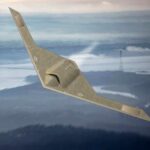 2015 - Northrop Grumman RQ-180
2015 - Northrop Grumman RQ-180
-
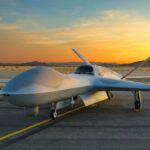 2016 - General Atomics MQ-20 Avenger (Predator C)
2016 - General Atomics MQ-20 Avenger (Predator C)
-
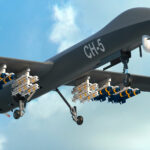 2017 - CASC CH-5 Rainbow
2017 - CASC CH-5 Rainbow
-
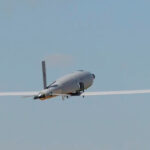 2017 - Elbit SkyStriker
2017 - Elbit SkyStriker
-
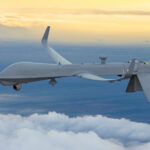 2017 - General Atomics Predator XP
2017 - General Atomics Predator XP
-
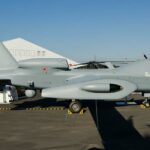 2018 - EADS Talarion MALE UAV
2018 - EADS Talarion MALE UAV
-
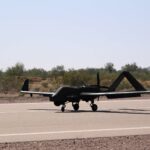 2018 - Textron NightWarden UAS
2018 - Textron NightWarden UAS
-
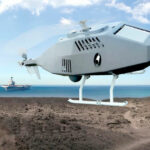 2019 - Airbus DS Tanan 300 VTOL UAS
2019 - Airbus DS Tanan 300 VTOL UAS
-
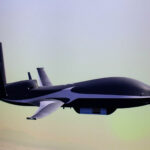 2019 - AVIC Cloud Shadow HALE UCAV
2019 - AVIC Cloud Shadow HALE UCAV
-
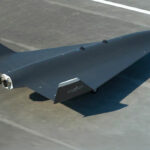 2019 - AVIC WZ-8 Supersonic and Hypersonic Drone
2019 - AVIC WZ-8 Supersonic and Hypersonic Drone
-
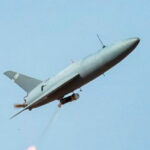 2019 - DIO Arash Unmanned Loitering Munition Drone
2019 - DIO Arash Unmanned Loitering Munition Drone
-
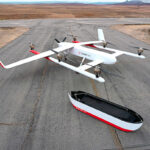 2019 - Elroy Air Chaparral
2019 - Elroy Air Chaparral
-
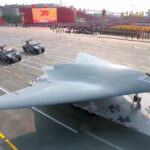 2019 - Gongji-11 (GJ-11) Stealth Unmanned Combat Aerial Vehicle (UCAV)
2019 - Gongji-11 (GJ-11) Stealth Unmanned Combat Aerial Vehicle (UCAV)
-
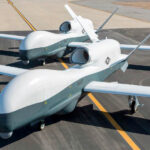 2019 - Northrop Grumman MQ-4C Triton
2019 - Northrop Grumman MQ-4C Triton
-
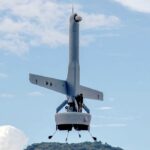 2019 - Shield AI V-BAT VTOL Drone
2019 - Shield AI V-BAT VTOL Drone
-
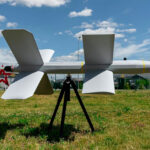 2019 - ZALA Lancet Loitering Munition Unmanned Aircraft System (UAS)
2019 - ZALA Lancet Loitering Munition Unmanned Aircraft System (UAS)
-
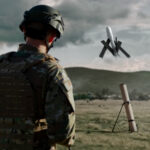 2020 - AeroVironment Switchblade Man-Portable Loitering Missile UAV
2020 - AeroVironment Switchblade Man-Portable Loitering Missile UAV
-
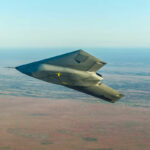 2020 -BAE Systems Taranis
2020 -BAE Systems Taranis
-
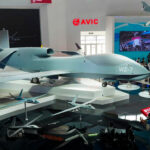 2020 - Chengdu (AVIC) Soar Dragon
2020 - Chengdu (AVIC) Soar Dragon
-
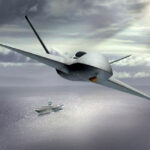 2020 - General Atomics Sea Avenger UCLASS
2020 - General Atomics Sea Avenger UCLASS
-
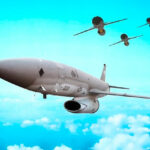 2020 - Kratos UTAP-22 Mako UCAV
2020 - Kratos UTAP-22 Mako UCAV
-
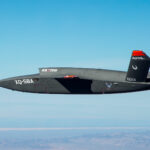 2020 - Kratos XQ-58 Valkyrie (XQ-222) UCAV
2020 - Kratos XQ-58 Valkyrie (XQ-222) UCAV
-
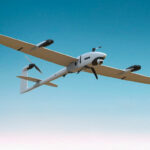 2020 - Quantum Systems Vector eVTOL Reconnaissance Drone
2020 - Quantum Systems Vector eVTOL Reconnaissance Drone
-
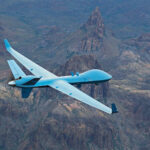 2021 - General Atomics MQ-9B Protector / SkyGuardian / SeaGuardian (Predator B)
2021 - General Atomics MQ-9B Protector / SkyGuardian / SeaGuardian (Predator B)
-
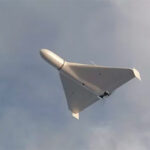 2021 - HESA Shahed-136 Loitering Munition Unmanned Aerial Vehicle (UAV)
2021 - HESA Shahed-136 Loitering Munition Unmanned Aerial Vehicle (UAV)
-
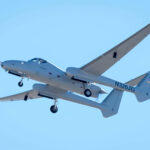 2021 - Northrop Grumman (Scaled Composites) Firebird
2021 - Northrop Grumman (Scaled Composites) Firebird
-
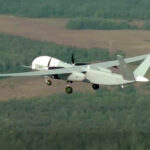 2021 - Sokol Altius
2021 - Sokol Altius
-
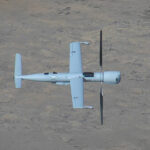 2022 - Aerovel Flexrotor VTOL UAS
2022 - Aerovel Flexrotor VTOL UAS
-
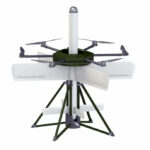 2022 - Athlon-Avia ST-35 Silent Thunder
2022 - Athlon-Avia ST-35 Silent Thunder
-
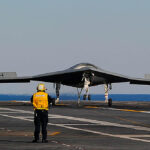 2022 - CASC CH-7 High-Altitude, Long-Endurance (HALE) Stealth Combat Drone
2022 - CASC CH-7 High-Altitude, Long-Endurance (HALE) Stealth Combat Drone
-
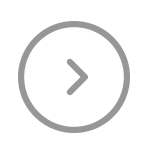 2022 - HESA Shahed-149 (Gaza) Reusable Attack Drone / UCAV
2022 - HESA Shahed-149 (Gaza) Reusable Attack Drone / UCAV
-
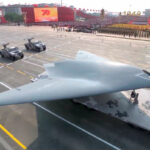 2022 - Hongdu Lijian (Sharp Sword) Stealth Unmanned Combat Air Vehicle (UCAV)
2022 - Hongdu Lijian (Sharp Sword) Stealth Unmanned Combat Air Vehicle (UCAV)
-
 2023 - Airbus SIRTAP Tactical Unmanned Aircraft System (TUAS)
2023 - Airbus SIRTAP Tactical Unmanned Aircraft System (TUAS)
-
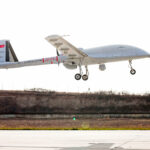 2023 - Baykar Bayraktar TB3 Unmanned Combat Aerial Vehicle (UCAV)
2023 - Baykar Bayraktar TB3 Unmanned Combat Aerial Vehicle (UCAV)
-
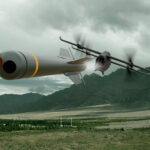 2023 - MBDA Spectre Combat Support Unmanned Aerial Vehicle (UAV)
2023 - MBDA Spectre Combat Support Unmanned Aerial Vehicle (UAV)
-
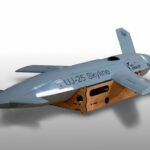 2023 - UKRJET UJ-25 Skyline
2023 - UKRJET UJ-25 Skyline
-
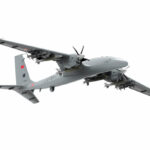 2024 - Baykar Bayraktar Akıncı (Raider)
2024 - Baykar Bayraktar Akıncı (Raider)
-
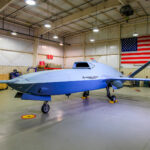 2024 - General Atomics XQ-67A Off-Board Sensing Station (OBSS)
2024 - General Atomics XQ-67A Off-Board Sensing Station (OBSS)
-
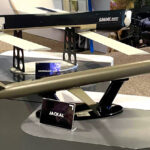 2024 - Northrop Grumman Jackal
2024 - Northrop Grumman Jackal
-
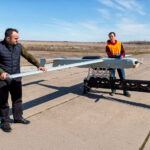 2024 - RKC Foton-601
2024 - RKC Foton-601
-
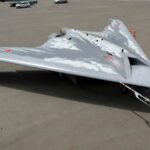 2024 - Sukhoi S-70 Okhotnik-B
2024 - Sukhoi S-70 Okhotnik-B
-
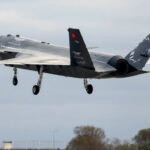 2025 - Baykar Bayraktar Kızılelma
2025 - Baykar Bayraktar Kızılelma
-
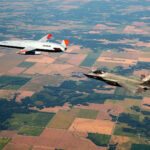 2025 - Boeing MQ-25 Stingray
2025 - Boeing MQ-25 Stingray
-
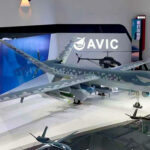 2025 - Chengdu (AVIC) Wing-Loong III (Pterodactyl III)
2025 - Chengdu (AVIC) Wing-Loong III (Pterodactyl III)
-
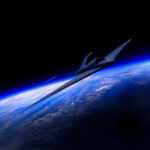 2025 - Lockheed TR-X
2025 - Lockheed TR-X
-
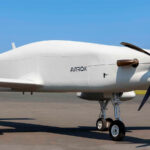 2025 - TG AAROK (ASA 1204)
2025 - TG AAROK (ASA 1204)
-
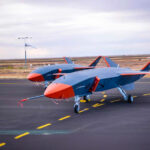 2026 - Boeing Phantom Works MQ-28A (Ghost Bat)
2026 - Boeing Phantom Works MQ-28A (Ghost Bat)
-
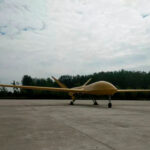 2026 - CETC JY-300 (Tian Shao)
2026 - CETC JY-300 (Tian Shao)
-
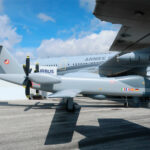 2027 - Airbus-Dassault-Leonardo EuroMALE (Eurodrone)
2027 - Airbus-Dassault-Leonardo EuroMALE (Eurodrone)
-
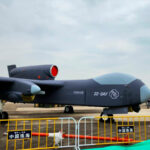 2027 - AVIC Nine Sky (SS-UAV)
2027 - AVIC Nine Sky (SS-UAV)
-
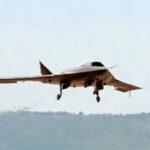 2027 - DRDO Ghatak
2027 - DRDO Ghatak
-
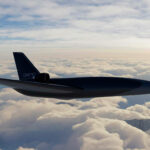 2028 - QinetiQ Jackdaw
2028 - QinetiQ Jackdaw
-
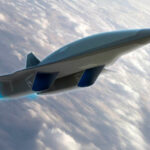 2030 - Lockheed SR-72
2030 - Lockheed SR-72